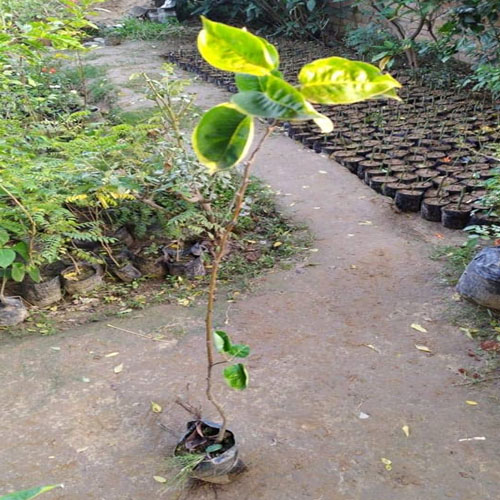Nashpati Plant
Nashpati is the Hindi term for pear (Pyrus species), which is a fruit tree known for its sweet, juicy, and fragrant fruit. Pear trees are popular in temperate regions and are grown for their delicious fruit and attractive foliage.
Characteristics of Pear Plants
-
Size and Growth Habit: Pear trees can vary in size, from dwarf varieties reaching 8-10 feet (2.4-3 meters) tall to standard varieties growing 20-30 feet (6-9 meters). They have a rounded, spreading canopy with a dense foliage.
-
Leaves: The leaves are typically oval or elliptical with a pointed tip and serrated edges. They are green and turn yellow in the fall.
-
Flowers: Pear trees produce showy, white or pink flowers in spring. The flowers are usually 5-petaled and arranged in clusters, and they have a pleasant fragrance.
-
Fruit: Pears are round to oval with smooth or slightly rough skin, depending on the variety. They come in various colors, including green, yellow, red, and brown. The flesh is juicy and can range from crisp to soft, depending on the variety and ripeness. Pears contain small, edible seeds.
-
Lifespan: Pear trees can live and produce fruit for several decades, often reaching their peak production between 10-20 years of age.
Growing Conditions
-
Climate: Pear trees thrive in temperate climates with cold winters for chilling and warm summers for fruit development. They require a period of winter chill (usually 1,000-1,500 hours below 45°F or 7°C) to break dormancy and produce fruit.


